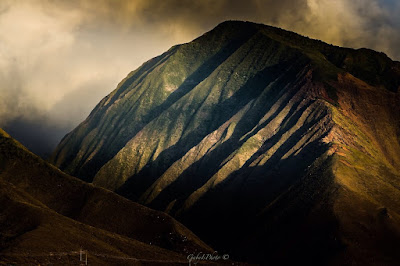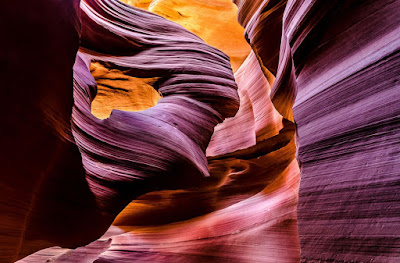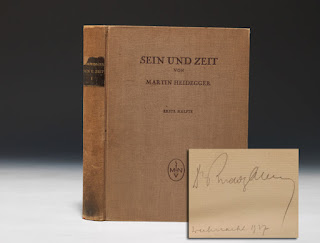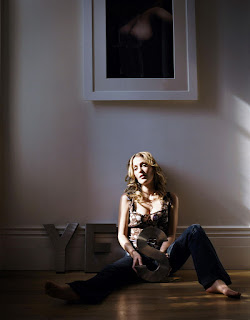By Rory A.A. Hinton
 |
| Kilimanjaro (Gabriel Israel) |
"You don't make a photograph just with a camera. You bring to the act of photography all the pictures you have seen, the books you have read, the music you have heard, the people you have loved."
(Ansel Adams).
Master photographer Gabriel Israel is a draughtsman. Like all great artists his drawing skills are excellent, and appeared early. His chalk drawing of a Rembrandt painting made when he was a teenager illustrates the depth of his technical talent. The same can also be said of his early Michelangelo reproductions. That he describes the act of photography as "light drawing" is therefore not without significance. "That's what I do," Gabriel says. "Drawing with light. For me it's like art. You capture something, like a painting." He knows whereof he speaks.
 |
| Rembrandt Chalk Drawing (Gabriel Israel) |
 |
| Street Scene, Venice, Italy (Gaby Israel) |
The High Renaissance and Dutch Golden Age are conspicuous by their influence in Gabriel's photography (at least by those who know their art history), and provide the artistic basis for his romantically realist philosophy of art. If philosophy begins in wonder (as Aristotle says), then so does photography, at least the kind that Gabriel has perfected through his body of work.
Art is a selective recreation of reality based on an artist's value judgements. The monetary value that collectors have rightly seen in Gabriel's recreations is rooted in his values as an artist. When I asked him to sum up his work in one word Gabriel immediately said "passion" (without hesitation). It is the passion beneath, between, and behind Gabriel's photographic acts that makes his pictures not only well worth the taking, but also well worth the partaking in by those of us who are as serious about collecting great art as we are about confronting the reason why it matters.
The philosopher and the photographer do the same thing, but they do it in different ways: they recognize wonder in nature and try to give expression to it, in words and in images. What does this Aristotelian wonder consist in? Gabriel sheds light on the significance of this question by answering it in his drawings. They contain captured moments of absolute clarity. To encounter them is to have the silence of that attentive moment drown out the noise of the attenuating multitude. They help us feel rather than think by respecting and conveying the passion of lived-experience. In Gabriel the philosopher and photographer become one: to truly feel is to truly see. What is the eye that sees but is never itself seen? The answer to this koan is in the seeing (for the soul of the eye is seeing).
 |
| Lower Antelope Canyon Crystal Ball (Gaby Israel) |
Gabriel is a romantic. His romance consists in his technical ability to draw us in and make us wonder at the existence of the real world, frame by frame. To illustrate this point, He showed me a series of pictures he took of the Royal Ontario Museum in Toronto, Ontario. "They get you thinking," he said. I asked him what he meant. "It's the power of this building," he answered, "the strong diagonal, the metal, the cold of the material." One picture in particular demonstrates what he means by the building's power. "The spiral tower has to be there," he said. "That is reality." He then drew my attention to the reflection in the window of the building. "The reflection looks like a painting." He then fell silent and let the picture do the talking.
 |
| Reflecting Dali, Royal Ontario Museum (Gaby Israel) |
Gabriel is disciplined enough to capture light as it draws it's natural patterns, without getting in its way. "My job is to focus on the composition," he said. And like his High Renaissance master, Gabriel is able to envision the "David" in every shot he takes. But it's not as if he does not have an active role to play giving compositional expression to his visions.
Gabriel knows that photography has grown as an art form, in no small measure due to the rise of modern technology. Given his penchant for the technical side of his craft (he has mastered the tools of his trade), it should come as no surprise to find out that his background is in engineering.
He earned his BSc degree at the Ben-Gurion University of the Negev in Industrial and Management Engineering. Since that time he has honed his technical skills in health care (where he produced the first Picture Archiving and Communicating (PAC) system for the imaging division in hospital operating rooms in Israel), in IT (where he held numerous Director and Vice Presidential roles in large corporations, from financial, client, and technology services to product management), in education (where he taught international professionals in the IT and financial sectors at a top Canadian university, along with his ongoing role as a photography instructor to a small group of talented and dedicated students), and through the creation and maintenance of his own full service IT consultancy company. As an artist he is a living example of Andy Warhol's claim that good art is good business.
This background informs why he champions digital photography, and how technology serves, not hinders, his art. "I think that back in the day, you clicked and that was it. Now, you click, but it is only when you press Save that you are finished." Between the Click and the Save you are able, through programs like Lightroom, to add more shadows and light until you feel your composition is finished.
The issue is not whether to manipulate a photograph. Manipulating a photograph is like drawing a picture. The trick is knowing when to stop. Less is more when it comes to manipulating High Dynamic Range (the ratio of light to dark in a photograph). Like great cooking, so great shooting: keep the essence of the natural ingredients and what they provide to the dish (a pinch of salt, a pinch of shadow). In this sense Gabriel has mastered the trick of his trade.
 |
| Hawaii Mountain (Gaby Israel) |
Gabriel is also a realist. It's what forces him to shy away from manipulating a photograph beyond its natural subject matter. This subject matter matters to him. He respects it for a reason. It serves a personal purpose.
Photography begins in wonder, but it does not stop there. Gabriel is aware that the wonder that draws you in will eventually demand something of you. That is the point of great art. It changes lives by inspiring us to live with the same passion and integrity that created it. And I suggest that it is this demand that every person senses when they look at his art with the same amount of passion that produced it. His drawings are personal reminders that creating and collecting art is never shut off from the reality within which both activities take place. Gabriel's art is not value neutral. You cannot walk away from meditating on "Street Scene" or "Quebec Road" without sensing the serious generosity of his work: generous in its beauty, but serious in its call to live beautifully.
Collecting Gabriel's photography matters because its all in the value (both financial and personal). His values as an artist open up the space for us to confront the wonder of existence, the wonder that there is something rather than nothing, to contemplate the fact that we are alive rather than dead, and to create a life worth living in attentive response to the essence he has captured in his photographs.
A clue to what this means (for artist and collector alike) is found in what he finds most valuable in one of his modern influences. While he recognizes Ansel Adams' technical mastery (Gabriel explained to me how Adams produced one of his famous landscape pictures by using a red filter on black and white, which changed the blue into a very dark blue, thereby turning it into a dark grey in contrast with the mountains he shot), for Gabriel this is not what makes Adams so valuable as an artist.
"I love how Ansel Adams was able to get the people in his pictures to do what they did in order for him to get the shot," he told me. It was Adams' ability to relate to people and integrate them into his work that is the great inspiration. It is the story behind the picture that Gabriel picks up on, and derives inspiration from in turn.
I began this review with a photograph that Gabriel took of Mount Kilimanjaro. There is a story behind this shot. In order to take it he had to climb Kilimanjaro. This is no small achievement. He told me that it was one of the most, if not the most, significant milestones in his life, but for more reasons than one. Part of the motivation for him was to raise money for the MukiBaum Foundation (an organization that helps children and adults with mental disabilities). Gabriel produced a photobook of his journey and sold it at their annual gala in a silent auction. All of the proceeds of the sale when to the foundation.
 |
| "Lady In The Wind", Lower Antelope Canyon (Gaby Israel) |
Apart from Adams, comparisons to Peter Lik and Gerhard Richter come readily to mind. I am thinking not only about the obvious artistic quality of Gabriel's work in relation to theirs. I am also thinking as a collector. his light drawings are Lik-like in what I call their wall power (they are an interior decorator's dream), and Richter-like in their large-scale and vibrantly hued abstract character. This two-fold likeness makes his photographs very easy to live with.
 |
| Abstract Triptych on wall (Gaby Israel) |
It takes more than just knowing about a camera's ISO, aperture, and shutter speed that goes into making a great photograph. The camera is merely a translation device for art. Adams was right when he spoke about what the act of photography is really about. You bring to this act all of the pictures you have seen, all of the books you have read, all of the music you have heard, and all of the people you have loved. In the light of Gabriel Israel's passionate drawings, I would add one more thing to Adams' list. Gabriel teaches us that to turn the act of photography into the act of art, an art that is "born as the echo of God's laughter, the art that creates that fascinating imaginative realm where no one owns the truth and everyone has the right to be understood," you must bring to it the most important thing of all: the life you have lived.
 |
| Gabriel Israel |
Sources
Gabriel Israel. Click
here to access Gaby's website.
Gabriel Israel. Click
here to access Gabriel's work.
Judd Tully. "The Ascent Of Gerhard Richter."
ART + AUCTION. June, 2012.
Milan Kundera.
The Art Of The Novel. Grove Press Inc. 1988.















.jpg)


